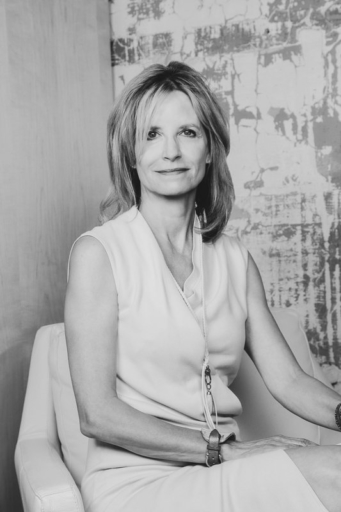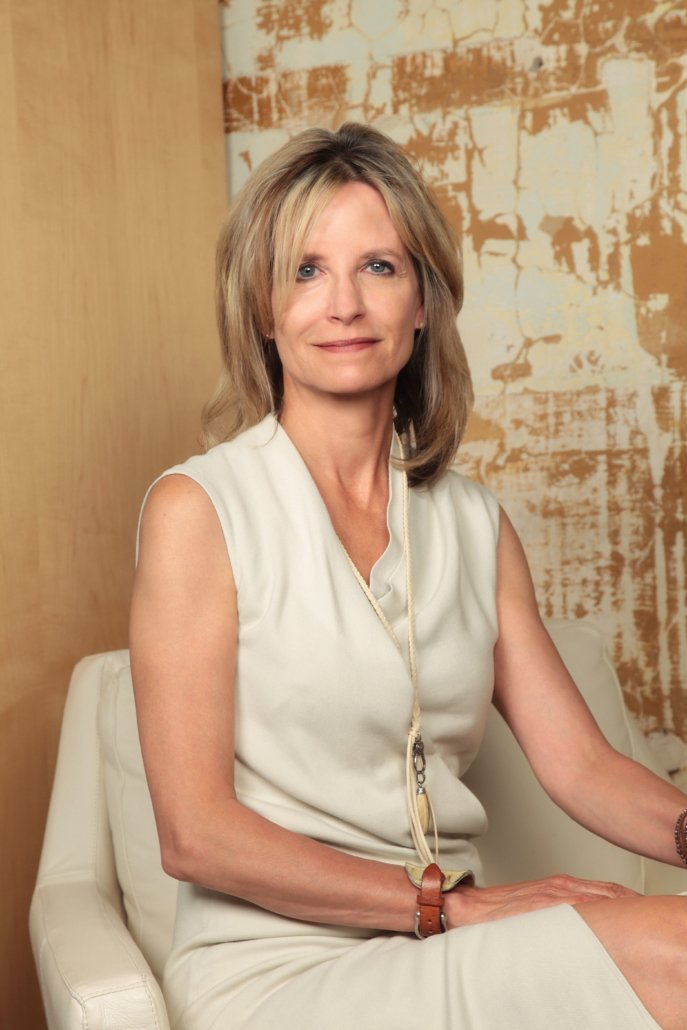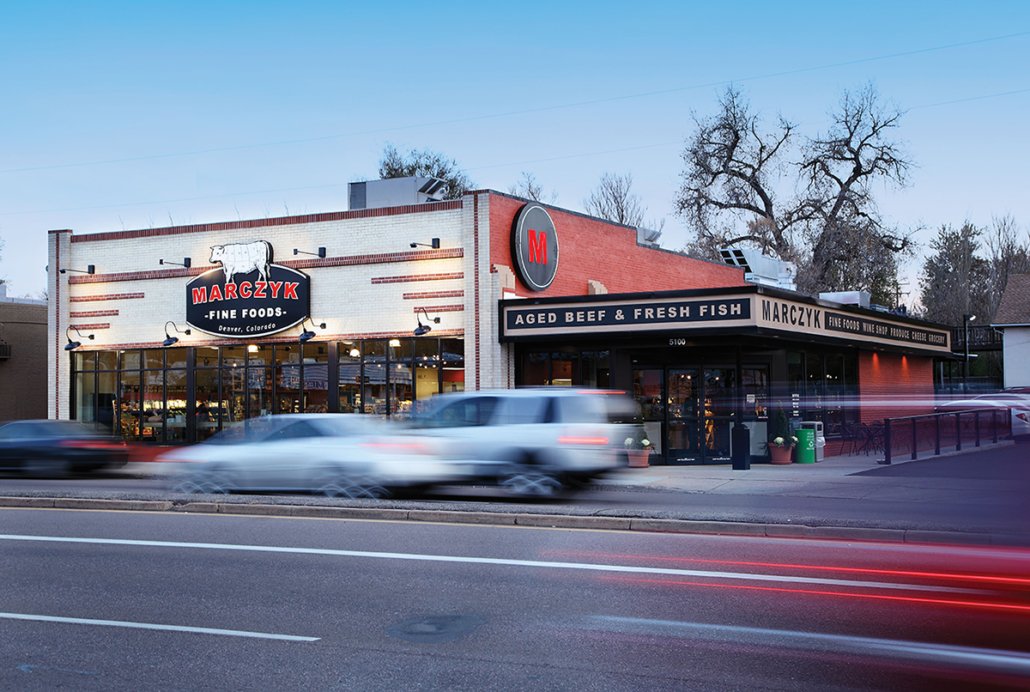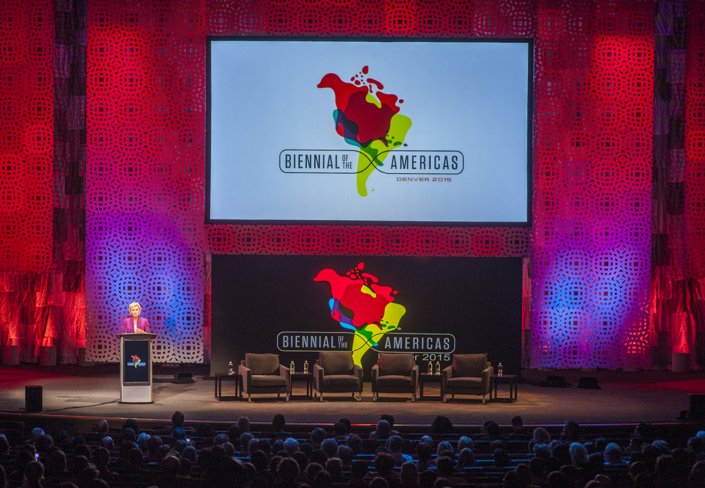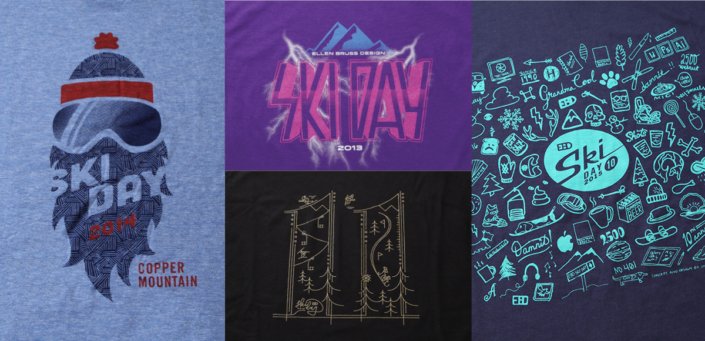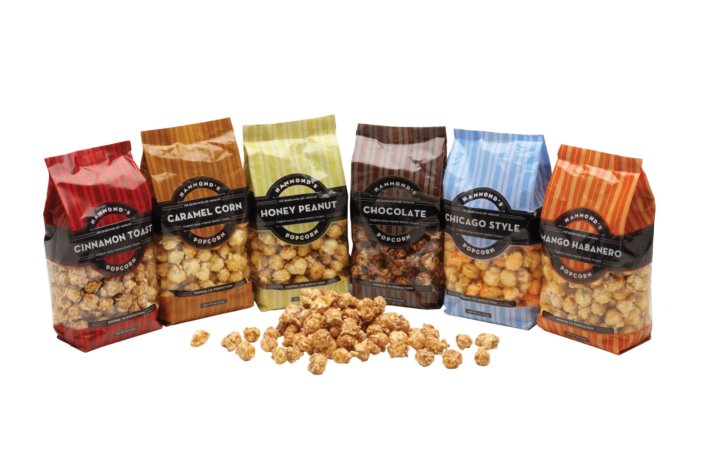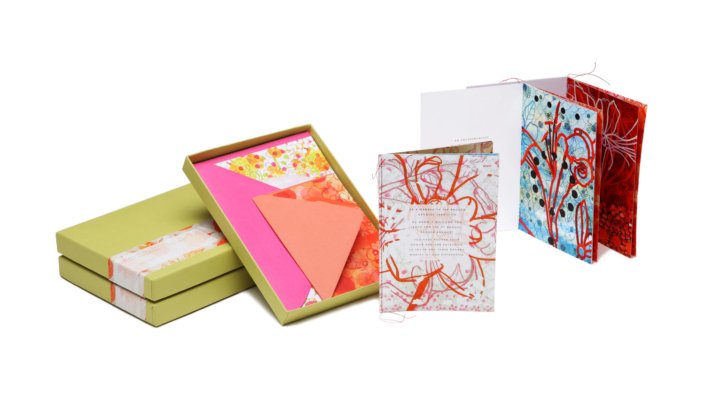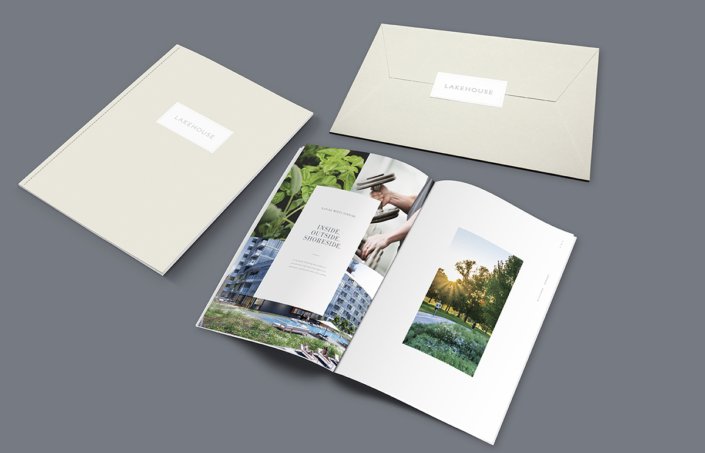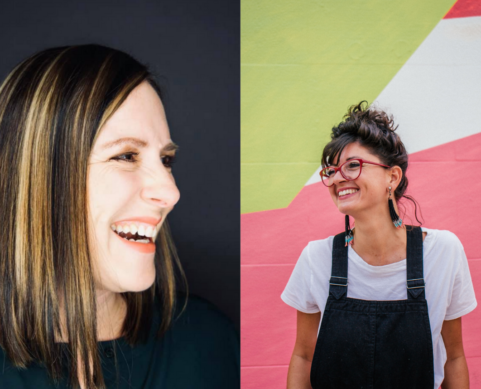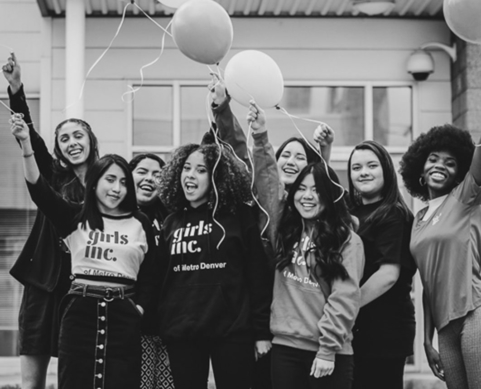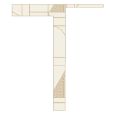Ellen Bruss of EBD
“Honestly, you can’t really go anywhere with a creative that they aren’t logging ideas. Mostly we keep it to ourselves but when we travel in packs it is painful for those not interested in why the menu font isn’t the right one.”
—Ellen Bruss
Ellen Bruss, Creative Director and CEO of Ellen Bruss Design, describes her role at the company as “creative conduit.” Deftly navigating between disparate but interconnected responsibilities, she guides the helm of a “graphic design and marketing” firm continually expanding the breadth of their field.
Ellen spent much of her childhood elbow deep in creative exploration: pottery, macrame, knitting, jewelry. At sixteen, following a class in commercial art, she announced that she wanted to become a graphic designer. Drawn to the interplay of design, engineering, and math—graphic design allowed for the partnering of her more practical self with her already vivid creative self.
The next chapter was a focused but curvilinear series of openings, shifts and endeavors. Guided by a deep reverence for art, an insatiable curiosity for all things creative, and a multi-faceted approach to design, Ellen navigated her way from “I want to be a graphic designer” to launching her own company.
Now thirteen employees strong, Ellen Bruss Design has become one of the most respected design companies in Denver with a portfolio spanning print materials to environmental design, re-packaging to re-branding, restaurants to real estate, and edgy to timeless. Ellen, in turn, has learned to apply design thinking to new realms … namely the thoughtful management of a creative team.
Together, the Ellen Bruss Design team follows a process that begins with full immersion into the research and development of each project. They identify the unique characteristics/values being offered, and then sew these into every detail, thereby cultivating designs with an intensely human allure. Each design is a story swathed in “come hither”… interactive, engaging, cohesive and seamlessly crafted.
Ellen Bruss Design further enriches the community through ongoing support of Denver’s creative landscape. “Art, music, film, food, and culture. It’s all here in Denver. And when we see an organization we love, it’s hard not to want to help it along.” TARRA sat down with Ellen to discuss her experience as both a creative and a entrepreneur. Read more below.
Q: What drew you to graphic design? Were there other careers you considered?
I painted, drew, and learned pottery, jewelry, knitting, crochet, macrame, embroidery, sewing (including tailoring)—pretty much every creative endeavor I could find to do with my hands. My mother found every class available. I was constantly busy with one project or another. I loved it all. Then I took a graphic design class in high school, and I was hooked. I was a little too practical to be an artist, so with graphic design I had the ability to have a career. I was good at math and I love engineering too, so having my own design business ties all of that together. No one around me really knew what being a graphic designer meant but my parents tried hard to find alliances and people they knew in the business. I was fortunate my mom had a close female friend in advertising. She is retired now, but we shared cool design pieces with each other over the years.
Q: What led to the launch of Ellen Bruss Design?
I had a few jobs when I first moved to Colorado. I came out here in the oil and gas crash, so opportunities were limited. I did windows for Casual Corner, worked for a printer, and then had a position in the design department at Alfalfa’s in Boulder. My big break was an opportunity to work for Fey Concerts, the big concert promoter at the time. It was full-time from April to September/October, and then part-time for the rest of the year. During the off-season, I freelanced for everything from a single person design firm to a large agency. Then I started picking up some accounts of my own. I had three credit unions as clients and then one of the my clients moved to Janus Mutual Funds. Shortly after I picked up MCA Concerts out of LA (they ran Fiddler’s Green Amphitheater), which allowed me to go completely on my own and hire a full-time designer and a part-time bookkeeper. Working for different kinds and sizes of firms and doing design work for different industries taught me how I wanted my rm to work.
Q: How would you describe your role at Ellen Bruss? What ideals do you hope to instill or foster in your team?
As of today, I have thirteen employees, so my role is part Creative Director and part CEO. I have a Design Director who I work closely with on all of the creative and then a senior team including Account, Traffic, Production and Office Managers that manage the day to day. And then I have five amazing designers I also work closely with. So, I am split personality—Creative Directing one minute and then making business decisions the next. I jump back and forth easily, and enjoy both parts.
We’ve been working hard on incorporating our values into everything we do, and making them clear to the team. We started using a online cultural program called RoundPegg by the brilliant Natalie Baumgartner, a former client. She had coached me during an earlier time where my office was very young, and I wasn’t a great leader or manager. Almost two years ago, we had the entire staff do the RoundPegg testing. We got a score of 100, which meant that we all put a certain number of the same values in our “high” category. It also meant that we had a very good group culturally. Going forward, we have used this to weed out resumes. If an applicant doesn’t get above a certain score, we don’t interview them. This is difficult sometimes – because I see a great resume, but they scored poorly to the group. But when I review the results I see why. They might address conflict differently, or prefer a different working style. It’s not a right or wrong situation, it’s what would fit at EBD. We are small, so one person that doesn’t align to our culture can make a huge difference.
Q: What is inspiring you at the moment?
I am always inspired by contemporary art. I just met with a senior design class at my alma mater, Michigan State, and I kept referencing artists. They are the bold thinkers of our time, and have a quality that allows them to express very deep issues without a lot of filter.
I am also inspired by travel, everything good (and bad) I see, can inspire a project. I take a lot of pictures and pick up a lot of print pieces.
Also, for the last few years, I have been helping my mom go through belongings after my dad passed away. I find a ton of inspiration in oddball items – old Christmas ornaments, packaging, toys, you name it. Honestly, you can’t really go anywhere with a creative that they aren’t logging ideas. Mostly we keep it to ourselves but when we travel in packs it is painful for those not interested in why the menu font isn’t the right one.
Q: Walk me through your creative process?
We do a lot of brainstorming. We look at colors, paper, and the afore mentioned oddball items to free up our minds. Everyone comes to the table with ideas, and we bounce off of each other. There is no hierarchy in terms of expression at EBD, the entire design team’s ideas are welcomed. With a highly creative project, like an MCA invitation, we’ll all talk and then everyone will go away and come up with a concept. It’s amazing how each person looks at it a little differently, even when we have a defined subject.
Q: What are you most excited about for the future of your business/industry?
The most exciting thing is how pervasive design is in our lives today. Companies like Target and Ikea have made it accessible to everyone. And because of that, much more cross-discipline design is happening. I’ve been lucky that I’ve always had adventurous clients who let me do complete offshoots of creativity such as interiors or holiday decor, but having a creative work in multiple disciplines is becoming more the norm. Ric Grefé, former Executive Director of AIGA National, was pivotal in the design world for helping organizations understand that designers are problem solvers. So no matter what the task is, design thinking matters.
Q: How has being a woman in your industry/career been challenging and what have you learned from it?
It’s changed a lot since I started, but I was just talking about it with a couple of woman entrepreneurs at MSU, and they were complaining about things that I felt when I was starting out. All of the women I work with have stories. But I have also have had a million wonderful experiences. I’ve had a lot of role models in design and marketing, and also business. I attended a leadership seminar at Yale exclusively for women. And I’ve also learned to ignore the noise and to “Lean In”—there are so many women talking about it. Don’t hold yourself back.
Q: What is the one piece of advice you would give to young women who are just getting started?
My mother told me “You can do whatever you set out to do.” It seems simple, but it is true that no one but yourself can stop you. Making it in the world takes discipline, a lot of hard work, and an ability to get kicked down and get back up. You have to be resilient. And some days just have an inner faith that it will all work out.
